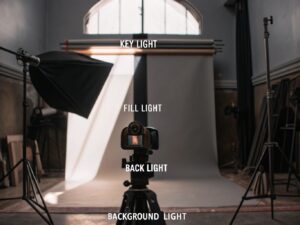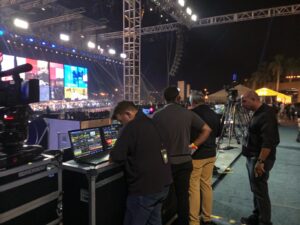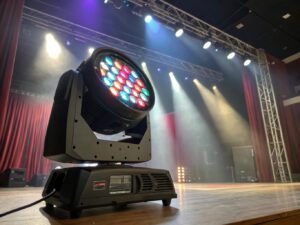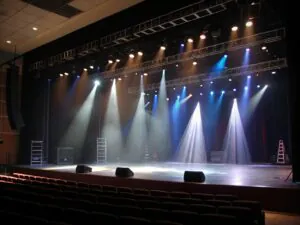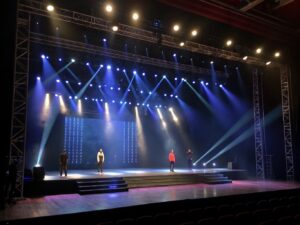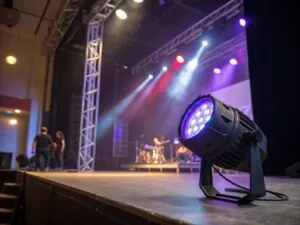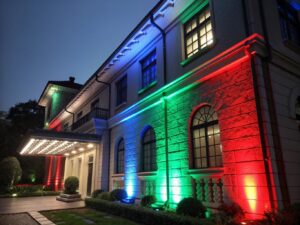
Feeling overwhelmed by the endless options for stage lighting? Choosing the wrong gear can waste your budget and compromise your entire show. A clear, strategic approach is your key to success.
To choose the right stage lighting, you must first define your core needs. Consider your venue size, the type of performance, your budget1, and power availability. Matching the fixture's function—like wash, spot, or effect—to these needs is the most critical step.

I've spent 19 years in this business, from hauling gear as a technician to leading Monalight. I’ve seen people buy powerful lights for a tiny room or choose fixtures that just couldn't handle the demands of a tour. These mistakes are costly. But they are also avoidable. The secret isn't knowing every single product on the market. It's about asking the right questions before you ever spend a dollar. Let's break down the process I've developed over the years to make sure you get it right every time.
What are the things to be considered in choosing the lighting fixtures?
Jumping into a purchase without a plan is a recipe for disaster. You might buy fixtures that are too dim, too power-hungry, or completely wrong for your space. A simple checklist can prevent these expensive mistakes.
Always consider your venue, the show's requirements, your budget, and your power capacity first. Assess the throw distance2, required beam angles, and whether you need static color3 or dynamic effects. These factors will guide you to a smart purchase.
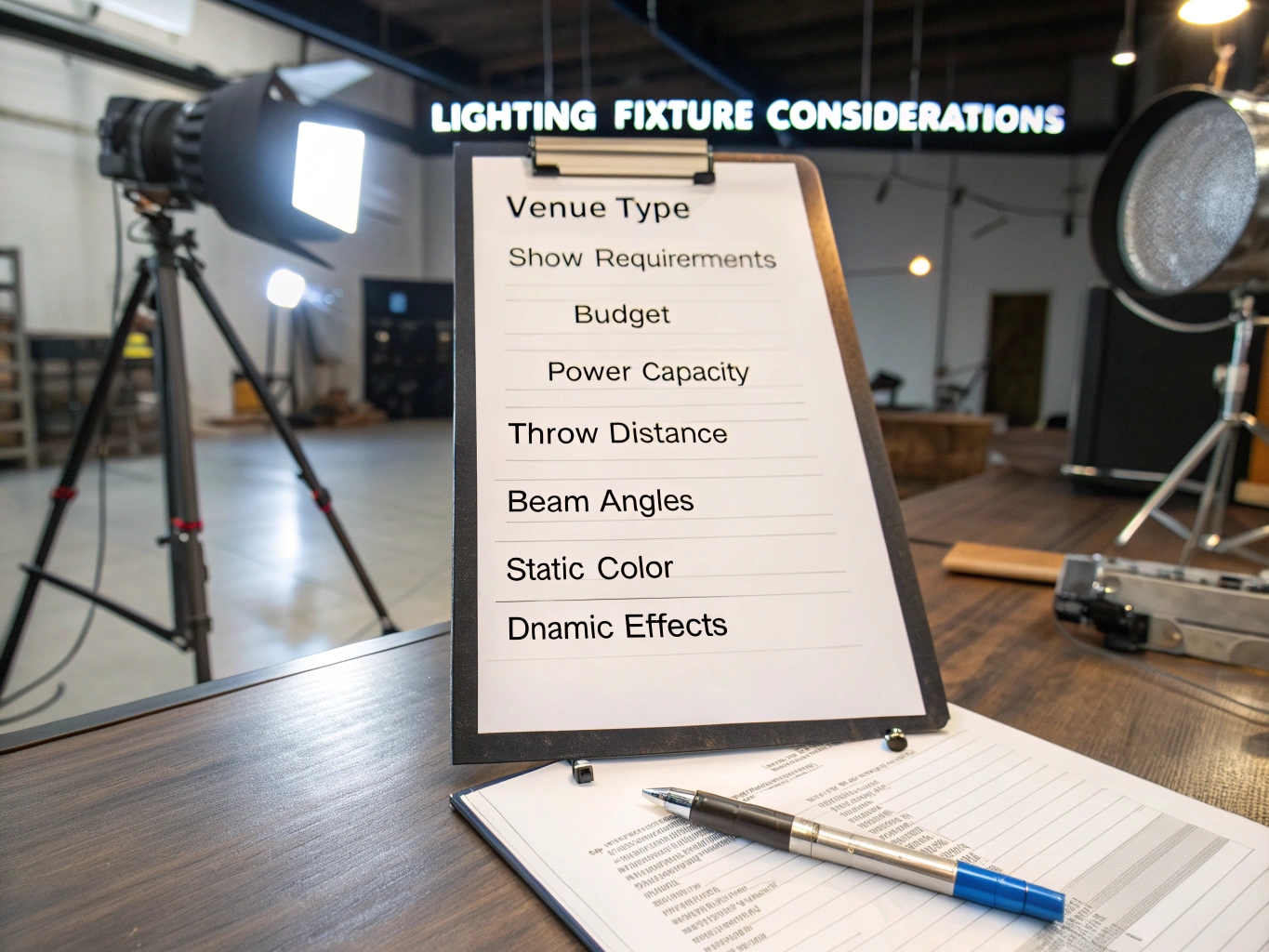
This is the most important part of the entire process. Before you even look at a catalog or a website, you need to be a detective in your own space. I always tell my clients to walk their stage. How high is the grid? How far do you need to throw the light? Is it a rock concert that needs intense, fast-moving effects, or a play that requires subtle, soft lighting on actors' faces? A technician like Nick knows that a light that looks great in a small theater might completely disappear in an arena. Your answers to these questions will create a blueprint. This blueprint ensures that every piece of equipment you buy serves a specific purpose, contributing to a cohesive and effective lighting design instead of just being a collection of random gear.
Your Pre-Purchase Checklist
| Consideration | Key Questions to Ask Yourself |
|---|---|
| Venue | What is the ceiling height? What is the throw distance? Are there any obstructions? |
| Performance Type | Is it a concert, theater, corporate event, or church service? Do I need dramatic effects or natural-looking light? |
| Budget | What is my total budget for fixtures, cables, and control? Am I investing for the long term or a single show? |
| Power & Control | How much power is available? Do I need DMX control? Should I consider wireless options? |
What are the different types of stage lighting equipment?
Confused by all the different names like PAR, Fresnel, or Leko? Using a wash light when you need a sharp spot can ruin a critical moment. Knowing the basic tools is fundamental to good lighting design.
The main types are wash lights (like PARs) for broad color coverage, spotlights (Profiles and Fresnels) for highlighting specific areas, and effects lights (moving heads and strobes) for creating dynamic energy. Each one serves a distinct purpose in a lighting rig.
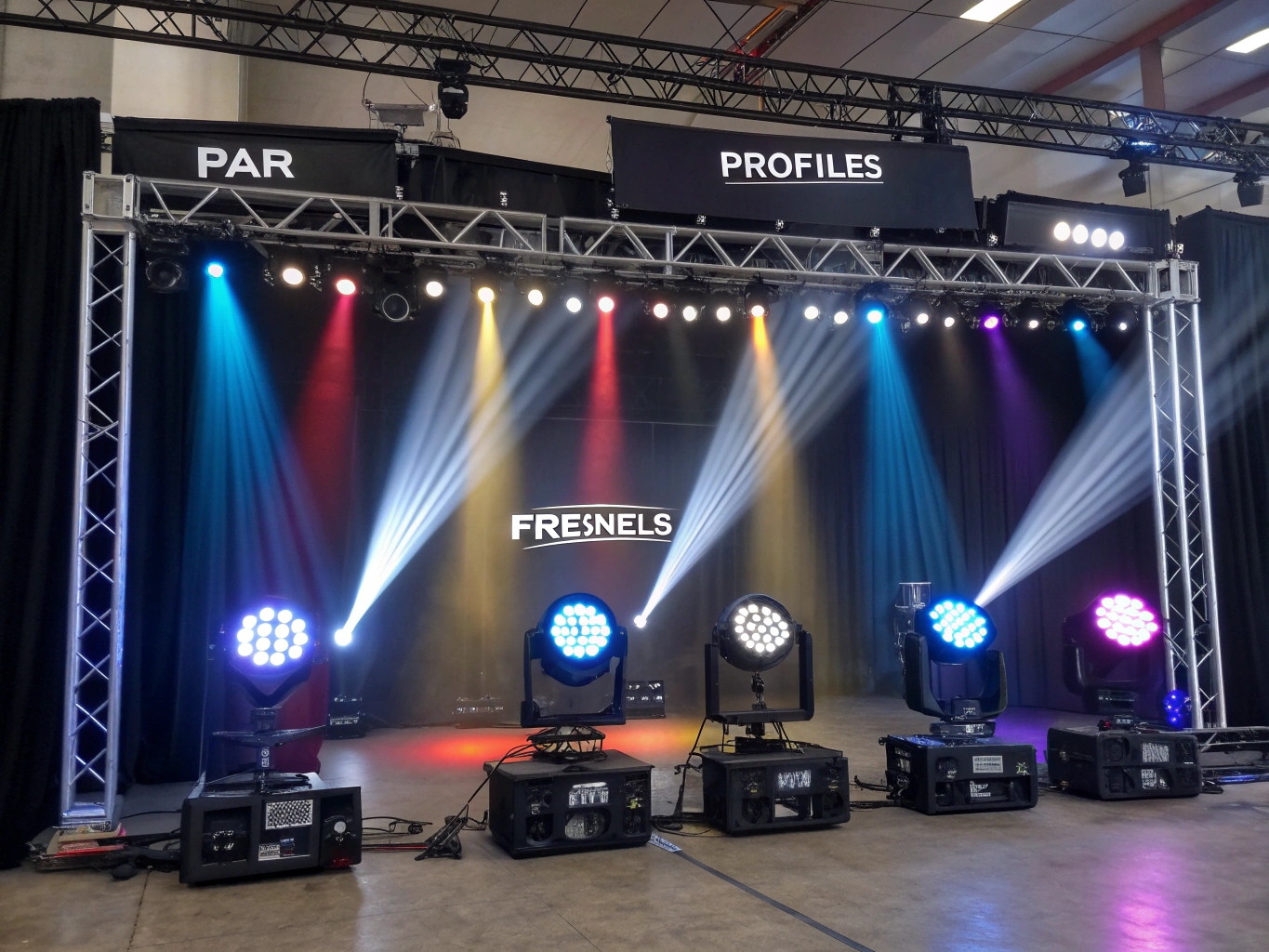
Think of these fixtures as a painter's brushes. You wouldn't use a giant roller to paint a tiny detail. In lighting, it's the same principle. Wash lights are your big rollers, covering the stage in a blanket of color. Fresnel4s are your medium brushes, giving you a soft-edged circle of light that's perfect for lighting actors without harsh lines. Profile spots, or Lekos, are your fine-detail brushes. They give you a sharp, focused beam that you can shape precisely with shutters. And then you have your moving heads, which are like a whole set of robotic brushes that can move, change color, and project patterns all on their own. As the leader of Monalight, I insist that we produce every type of fixture, because a good lighting plot always uses a combination of these tools to create depth, focus, and emotion.
The Stage Lighting Toolkit
| Fixture Type | Primary Use | Beam Quality |
|---|---|---|
| PAR Can | Broad wash of color | Soft, wide, oval-shaped |
| Fresnel | Soft-edged spotlight | Soft, circular, adjustable size |
| Profile / Leko | Sharp-edged spotlight, patterns | Hard-edged, can be shaped with shutters |
| Moving Head | Dynamic effects, versatile use | Can act as a wash, spot, or beam |
| Cyc Light / Batten | Lighting backdrops | Asymmetrical, even vertical coverage |
How many lumens for stage?
Worried your new lights won't be bright enough, or that they'll be overpowering? Buying blind can leave your stage looking dim or completely washed out. Matching brightness to your space is crucial.
There is no single answer. Brightness, measured in lumens5, depends on the venue. A small club might need 2,000-lumen fixtures, while a large theater needs 10,000-20,000 lumens, and an arena requires 30,000+ lumens per light to have an impact.
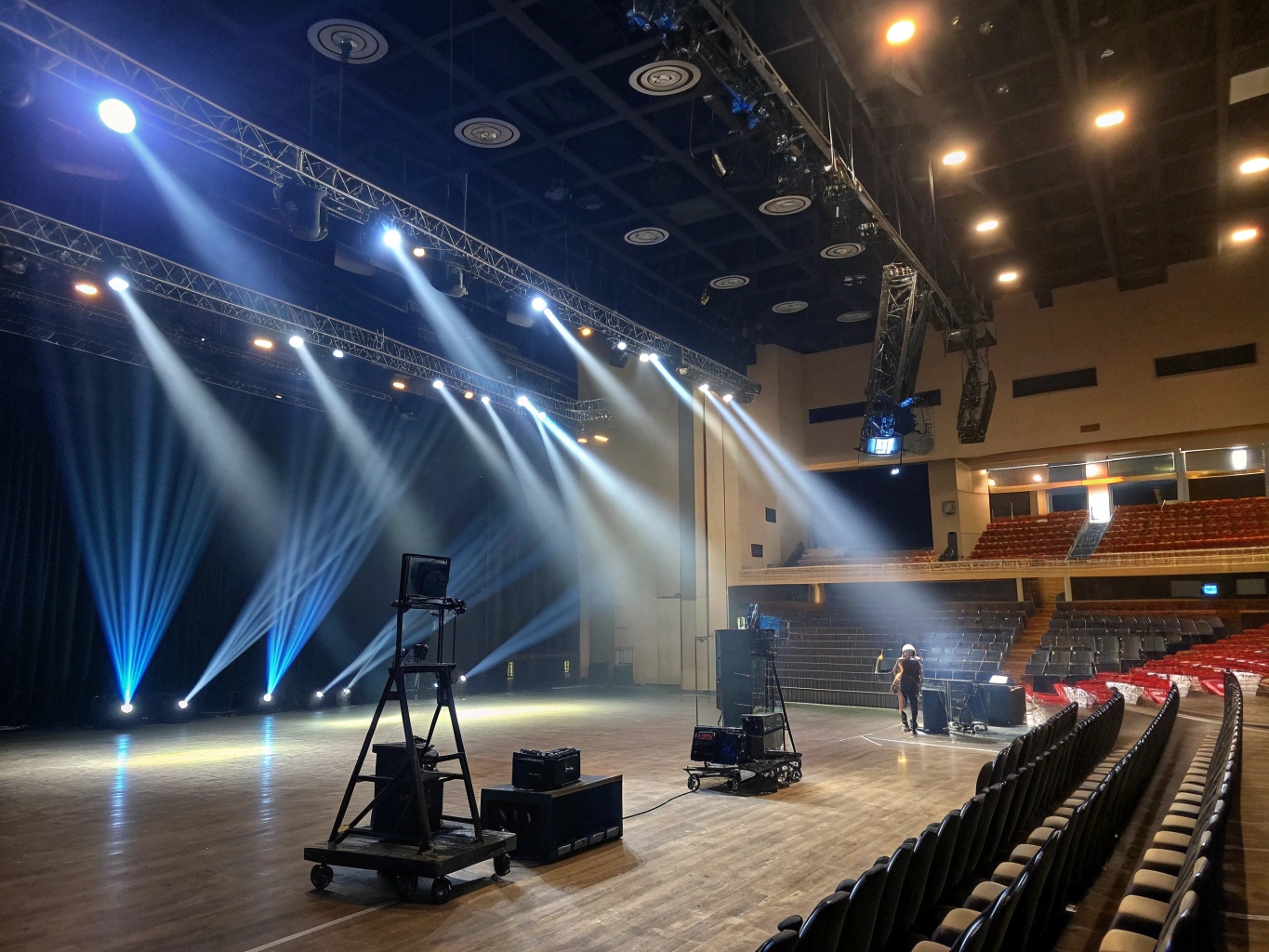
The question isn't just "how many lumens?" but "how many lumens for my specific situation?" The biggest factor is throw distance2. Light intensity falls off dramatically over distance, so a fixture that looks brilliant 10 feet away might be barely visible from 60 feet. You also have to consider competing light sources. Are you using a video wall? If so, you'll need incredibly bright lights to compete with the screen's output. I've seen technicians fight this battle, trying to make underpowered lights stand out against a massive LED wall. It's a losing fight. It's always better to have a fixture you can dim down than one you're pushing to 100% and still wishing it was brighter. A quality fixture isn't just about being bright; it's about having the right amount of brightness for the job.
Lumen Guidelines by Venue (General Estimates)
| Venue Type | Typical Throw Distance | Recommended Lumens (per fixture) |
|---|---|---|
| Small Club / Black Box | 10-20 ft (3-6 m) | 2,000 - 5,000 lm |
| Medium Theater | 20-50 ft (6-15 m) | 7,000 - 15,000 lm |
| Large Concert / Arena | 50+ ft (15+ m) | 20,000 - 50,000+ lm |
What wattage should stage lights be?
Still judging a light's brightness by its wattage? That old habit from the halogen days will lead you to make poor choices with modern LED fixtures. It's time to change how you think about power and brightness.
With LEDs, wattage measures power consumption, not brightness. A modern 200W LED fixture can easily outperform an old 750W halogen lamp. You should focus on lumens for brightness and use wattage only for calculating your total power draw.

This is one of the biggest shifts I've seen in my career. For decades, we all knew that a 750W Leko was brighter than a 575W one. Wattage and brightness were directly linked. With LED technology, that link is broken. The efficiency of the LED engine and the quality of the optics are what determine brightness. Judging an LED light by its wattage is like judging a car's speed by the size of its gas tank. It tells you about consumption, not performance. For technicians like Nick planning a tour, this is liberating. He can now plan a rig that is twice as bright as his old one but uses half the power. This means fewer generators, simpler cabling, and the ability to play in venues with limited electrical infrastructure. It's a complete game-changer.
A New Way of Thinking: Power vs. Output
| Feature | Traditional Halogen Profile | Modern LED Profile |
|---|---|---|
| Wattage | ~750W | ~250W |
| Brightness (Lumens) | ~14,000 lm | ~15,000 lm |
| Heat Output | Very High | Very Low |
| Lifespan | ~1,000 hours | ~30,000+ hours |
What is the latest trend in light fixtures?
Is your lighting rig starting to feel outdated and inefficient? Working with old gear can limit your creativity and slow down your setup. Staying on top of trends is about working smarter, not harder.
The biggest trends are multi-functionality6, weatherproofing (IP65), and wireless operation7. Hybrid fixtures that act as a spot, wash, and beam in one are becoming standard. IP65 ratings for outdoor use and battery-powered, wireless DMX control are also increasingly common.

These trends are all about one thing: efficiency. Not just power efficiency, but workflow efficiency. Why hang three different lights when one hybrid fixture can do all three jobs? This saves space on the truck, time during load-in, and complexity in your programming. The rise of IP65-rated fixtures is another huge step. I remember countless hours spent wrapping lights in plastic bags for outdoor festivals, hoping they wouldn't get ruined by a sudden downpour. Now, we build fixtures at Monalight that are designed to work in the rain, dust, and snow. And with battery power and wireless DMX, the creative possibilities are exploding. You can place lights anywhere without worrying about running cables. For technicians, these trends mean faster setups, more creative freedom, and more reliable shows. It’s an exciting time to be in this industry.
Conclusion
Choosing the right equipment is a process. By defining your needs and understanding the tools available, you can build a powerful, reliable, and truly creative lighting rig.
-
Discover budgeting strategies for stage lighting to maximize your investment and avoid overspending. ↩
-
Understanding throw distance is key to effective lighting; find resources that explain its impact. ↩ ↩
-
Explore the concept of static color in lighting to enhance your design choices. ↩
-
Explore the features of Fresnel lights and their applications in stage lighting. ↩
-
Learn how to choose the right lumens for your venue to achieve optimal brightness. ↩
-
Discover how multi-functional fixtures can streamline your lighting setup and save space. ↩
-
Explore the benefits of wireless operation in lighting for greater flexibility and creativity. ↩
You may also be interested in:
